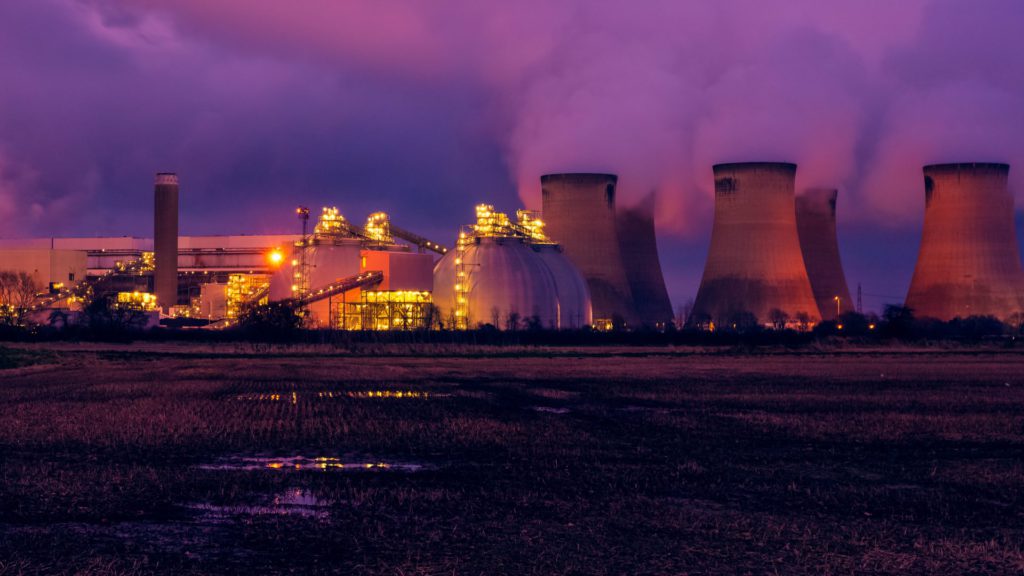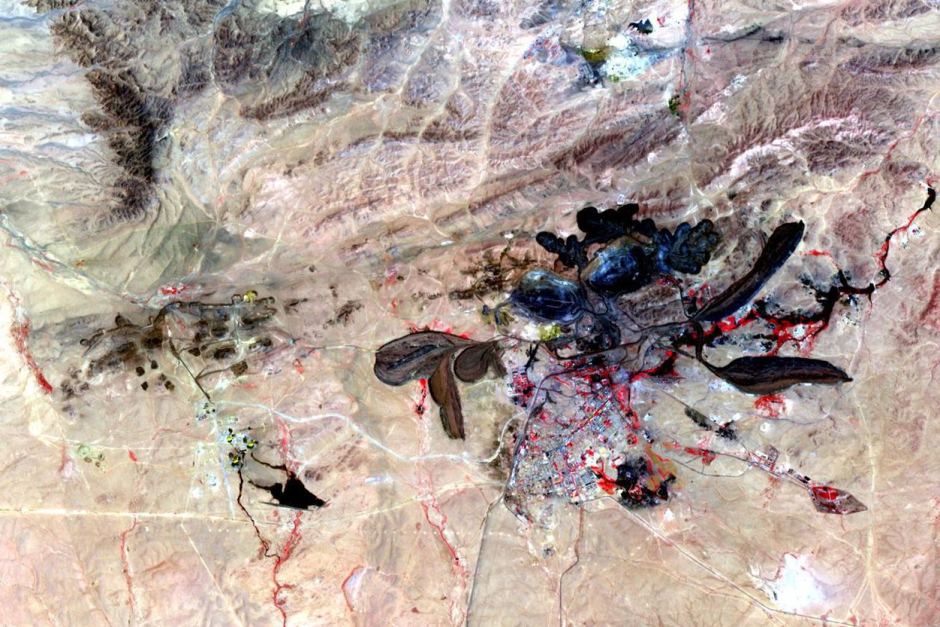World’s largest CO2 removal deal ever depends on tech that isn’t ready yet

British energy company Drax Group Plc is planning to sell offset credits tied to power plants in the US that it has yet to build, relying on technology that hasn’t yet been proven to work at scale and by burning fuel that’s still controversial.
“There’s some risk in there,” says Jason Shipstone, chief innovation officer at Drax. “But, like any project, before you press the button to build the project, you want to know that the things that make the business case work are in place.”
Drax wants to build power plants that burn wood chips, capture emissions produced from the process and bury them deep underground. Its plans got a boost after the US passed its largest climate bill that provides $85 in tax credits for every ton of carbon dioxide buried for climate purposes. Drax says the first such plant in the US will be built by 2030.
The cost of capture and burial for Drax’s technology is likely to be more than the sum the US government is providing, says Julio Friedmann, chief scientist at consultancy Carbon Direct. Drax says it won’t provide the capture cost estimate citing commercial sensitivity, but confirmed it will top-up the US government subsidy by selling offset credits. Drax declined to say how much money it might fetch from the sale.
In September, Drax signed a memorandum of understanding with Respira International, a new player in the voluntary carbon market. The deal gives Respira the option to buy 2 million tons of credits, which could become the largest ever volume of carbon dioxide removals traded, according to Drax. The voluntary carbon market has not yet developed a standard for offsets tied to burning wood and burying emissions.
Carbon-capture technology on power plants works by separating out carbon dioxide from a mixture of gases coming emitted. Carbon dioxide is then compressed into a liquid and sunk deep underground. The process is quite energy intensive and thus often expensive. The only way companies can make it work is if they receive government subsidies or pass the cost of capture onto customers.
In the UK, Drax has been using wood chips as a source of fuel for large power plants for more than a decade after converting coal units to burning biomass instead. It has been trialing carbon-capture technology at small scale since 2019. However, the trials are of technology from a UK startup called C-Capture that’s far from working at commercial scale, says Shipstone.
Nonetheless, Drax has big ambitions. It says the last of its coal units will run until the end of March and it’s investing billions of pounds to bury the carbon from burning wood under the North Sea. Shipstone says Drax plans to capture 8 million tons of carbon every year in the UK and an additional 4 million tons a year in the US. Drax has a larger pilot study with the Japanese giant Mitsubishi Heavy Industries that’s been running since 2021, he says.
“It is a big complex project — that’s what a project risk is,” says Friedmann, who previously worked at the US Department of Energy overseeing carbon-capture projects. “But there’s no concern I have as to whether or not this technology will function.”
There are many large hurdles still to clear before Drax can claim to be a “carbon negative” company. The carbon-capture technology may be sound, but trapping emissions from burning biomass hasn’t been shown to work at scale. Some have also raised concerns about the carbon math. Wood is considered to be carbon neutral because the tree grew by capturing carbon dioxide. However, converting trees into fuel can have a carbon cost, either when processing and transporting, and soils in forests can release stored carbon if disturbed.
And when big-name companies have tried to scale carbon-capture technology for new applications, they have often struggled. One of the world’s largest carbon capture and storage projects, run by Chevron Corp. in Western Australia and built in 2016, failed to capture enough emissions to meet local targets.
Moreover, identifying and building sites in the US, where regulation and licenses vary state by state, isn’t an easy task. Various US government departments are working hard to ensure that there are enough injection wells that meet regulations available for the many carbon-capture plants being proposed.
Drax also doesn’t have the expertise to inject CO2 underground, says Shipstone. That’s why Drax will partner with other companies that have experience doing it in the US, though Shipstone won’t name the partners yet.
One of the company’s largest challenges may still be at its core. Campaigners have criticized the biomass industry’s sustainability claims, with a recent BBC documentary raising concerns over the company’s forestry operations in Canada. Drax replied with a detailed rebuttal to the program’s claims and argued it misled viewers.
Still, Drax sees biomass playing a critical role in displacing fossil fuel. “The voluntary carbon market is developing, and we are thrilled to be involved in it,” says Shipstone. “And we’re confident that the technology we are developing will deliver.”
(By Akshat Rathi and Todd Gillespie)
More News
Navoi’s Q1 gold output rises slightly, but production value doubles
April 10, 2025 | 09:41 am
Infographic: Copper spheres of control
Who controls the future of copper mining?
April 10, 2025 | 09:34 am
{{ commodity.name }}
{{ post.title }}
{{ post.date }}




Comments